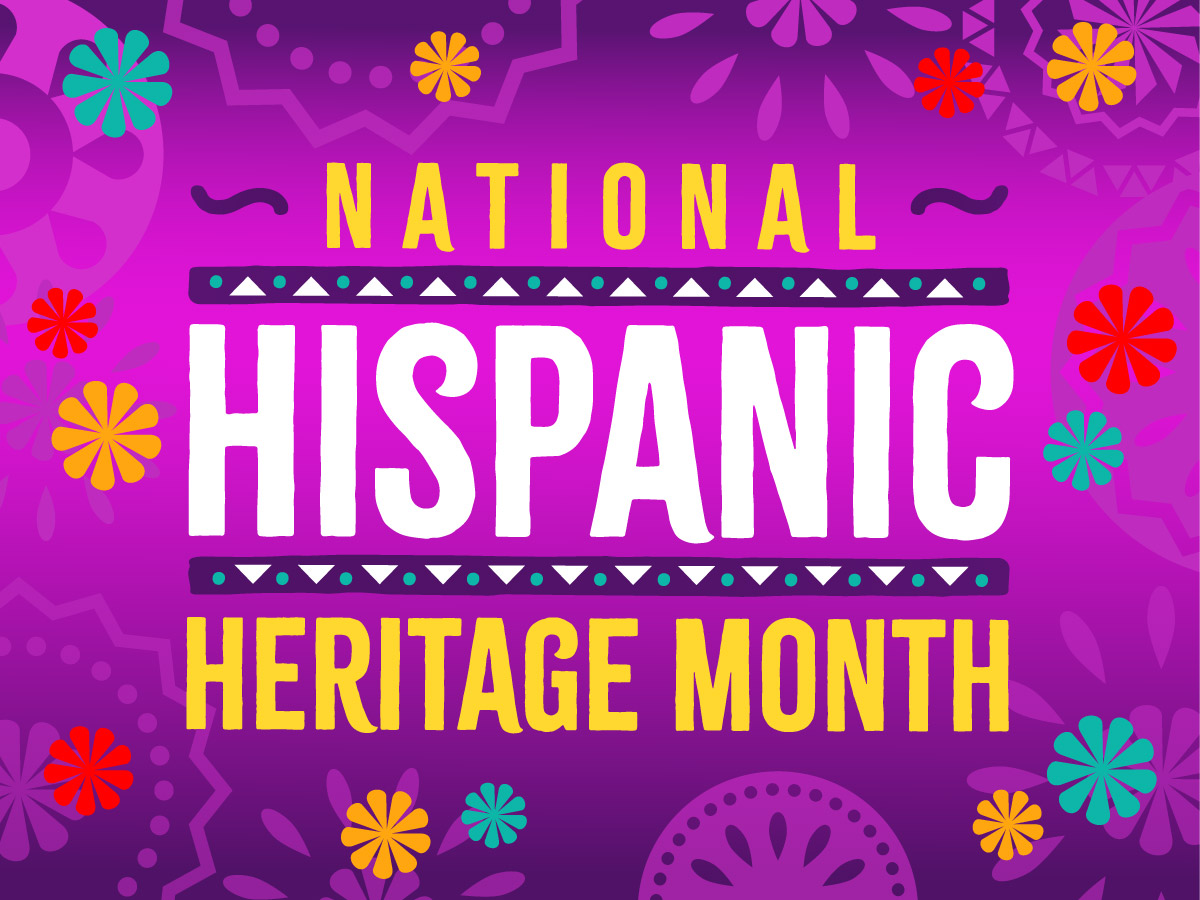
August 29, 2023
こんにちは (Kon'nichiwa)
Folks who know me know that I get excited about languages and learning new things. For the last month, I’ve studied Japanese through the online resource Mango.
A little background on me. I speak Spanish and a little Chinese, so I can recognize some Japanese characters. Although the meaning is sometimes the same, the word itself is usually different.
For example, 山 is “mountain” in both languages. In Japanese, it’s pronounced yama, and in Chinese, it’s pronounced shān. Neat, huh?
“Exit” is also the same: 出口, but in Japanese, it’s deguchi, and in Chinese, it’s chūkǒu. 出 means “out,” and 口 means “opening.”
You might be curious why this happens, so I’ll share a little background (although I’m no expert, I’m just a librarian).
Originally, Japanese began as an exclusively spoken language. It wasn't until the 5th century AD that the adoption of Chinese characters into their writing system marked a significant turning point in their linguistic evolution.
Today, Japan utilizes Kanji, Kana, and Romaji. Kanji originates from Chinese characters. There are 50,000 kanji characters, with around 2,000 in common use today. Kana consists of two syllabaries employed for sound communication. Romaji represents words written using the Roman alphabet. As a Westerner, having Romaji as a guide significantly enhances my ability to pronounce and comprehend characters.
Something I enjoy about learning through Mango is that it jumps right into practicing the words I could use. It organizes everything into different units, including introductions, jobs, food, travel, etc. It was easy to repeat phrases, and there were many opportunities to review words if I needed extra practice.
I also like that Mango starts each unit with a dialogue opportunity. At first, I felt a little overwhelmed because I didn’t understand a single word as I listened. But as I went through the unit, I learned the vocabulary and grammar spoken in the dialogue. At the end of the unit, they played it back to me, and I was thrilled at how much I had learned!
Mango is available to use on desktop and mobile app. Having the app on my phone is nice because I can use it like a game. It reminds me of Duolingo, another free app I enjoy.
If you love languages like me, I highly encourage you to check out Mango. I also recommend supplementing your language-learning experience with books from our extensive catalog. I love using children’s books to help me learn because they have lots of pictures. Enjoy!
お元気で
Read Similar Blogs:
Language Learning
People and Places
Self-Development







